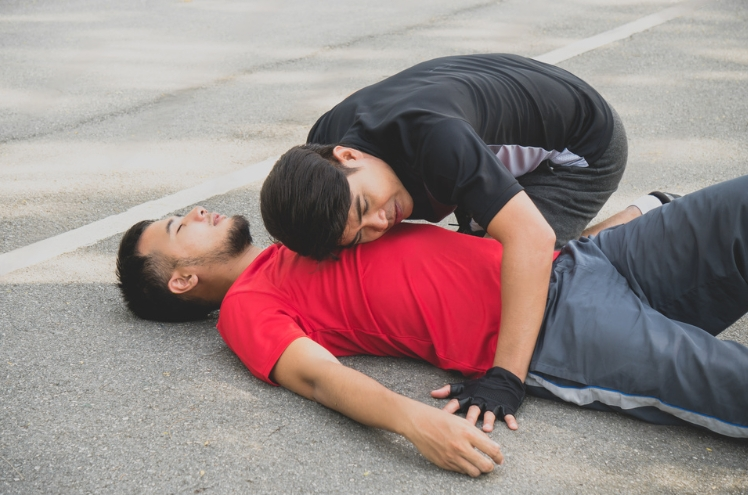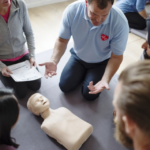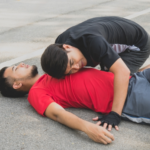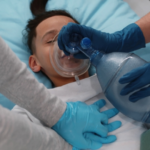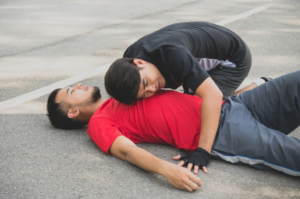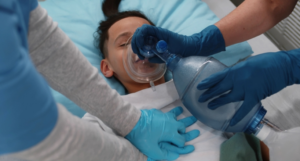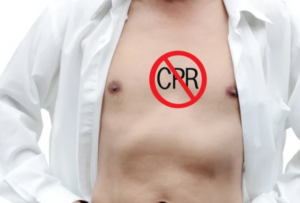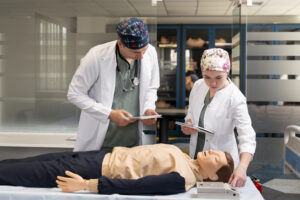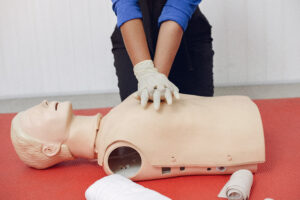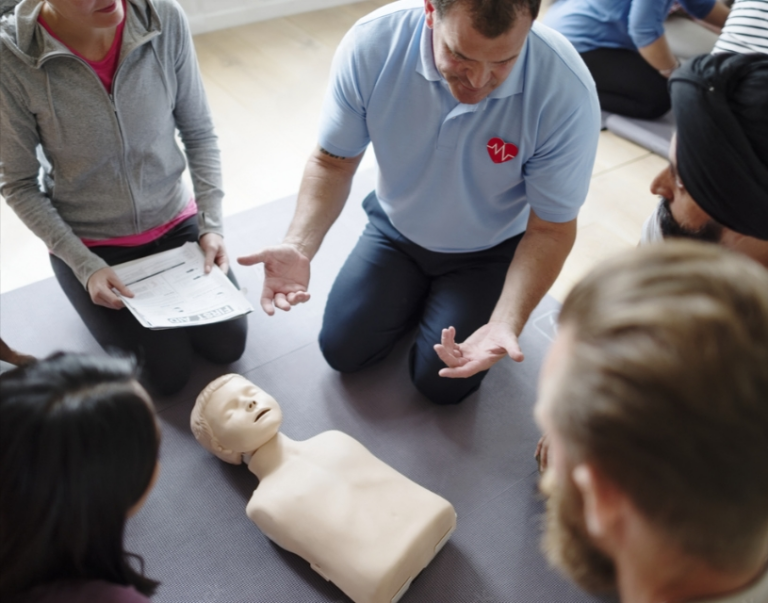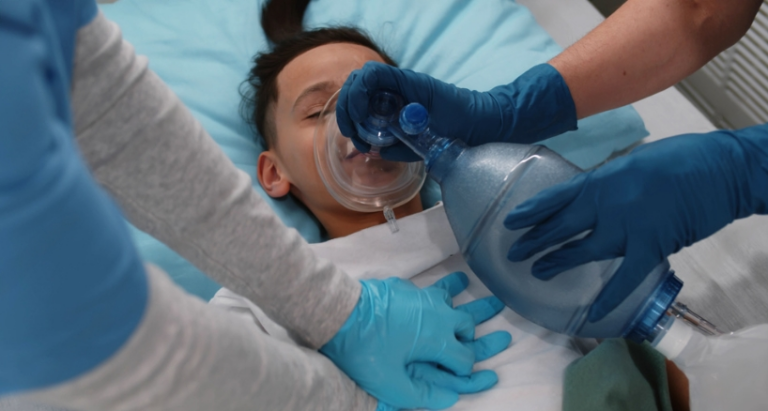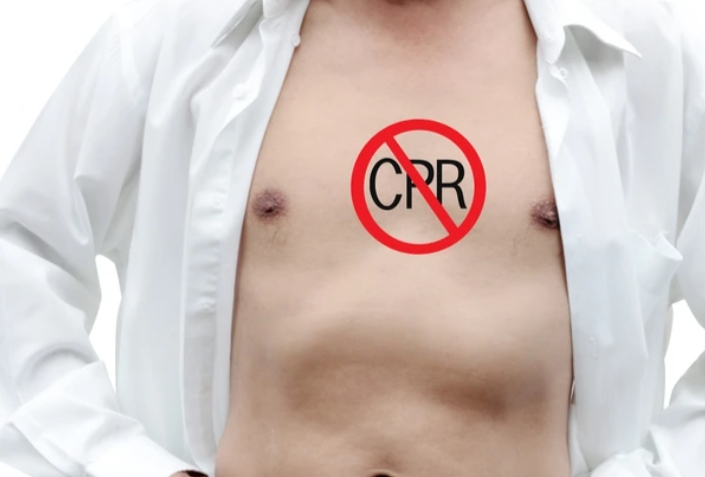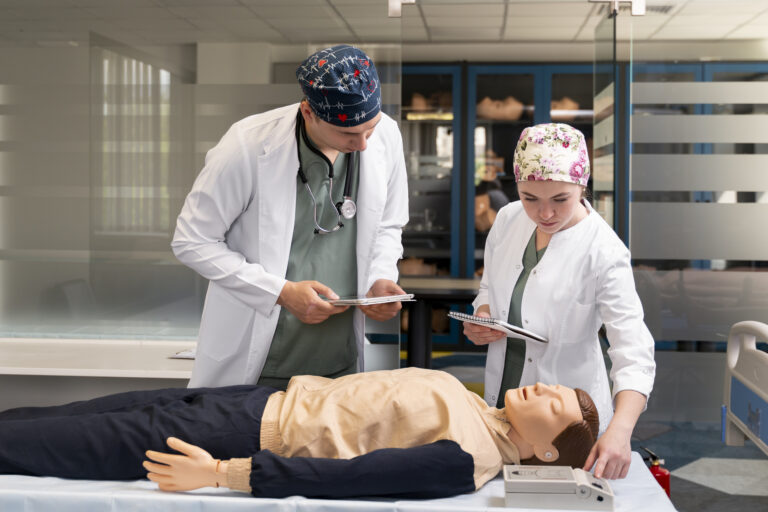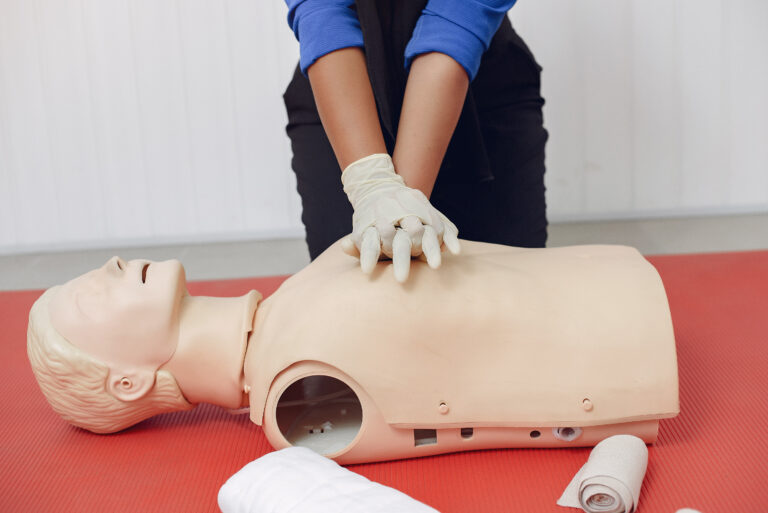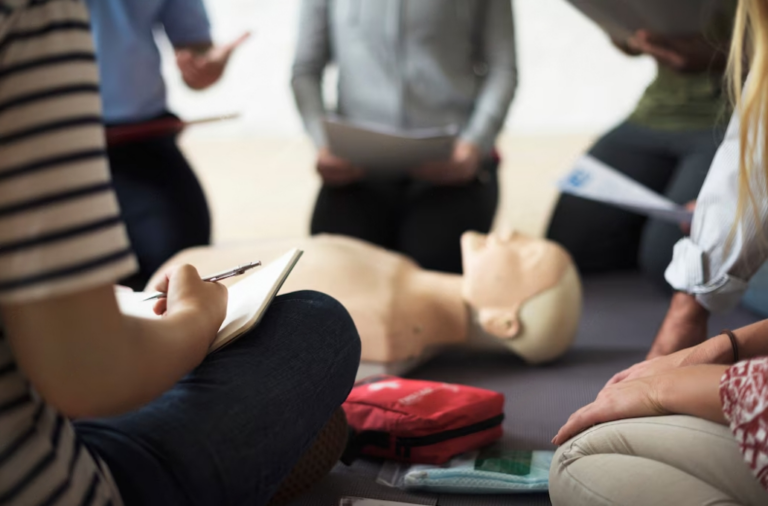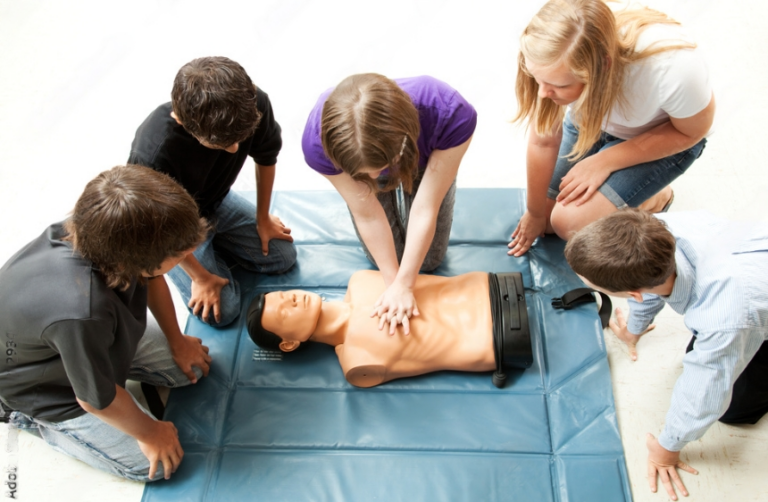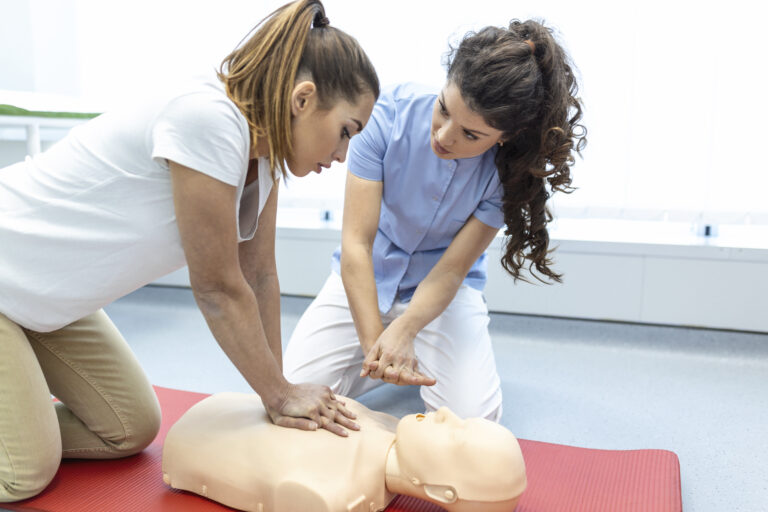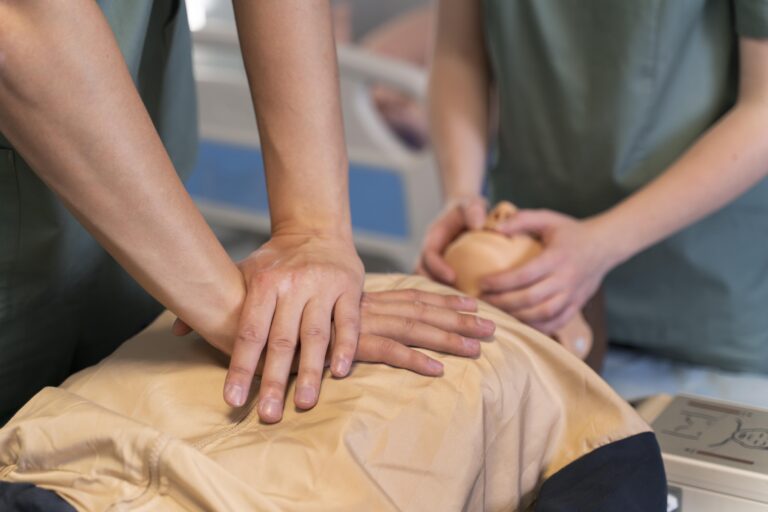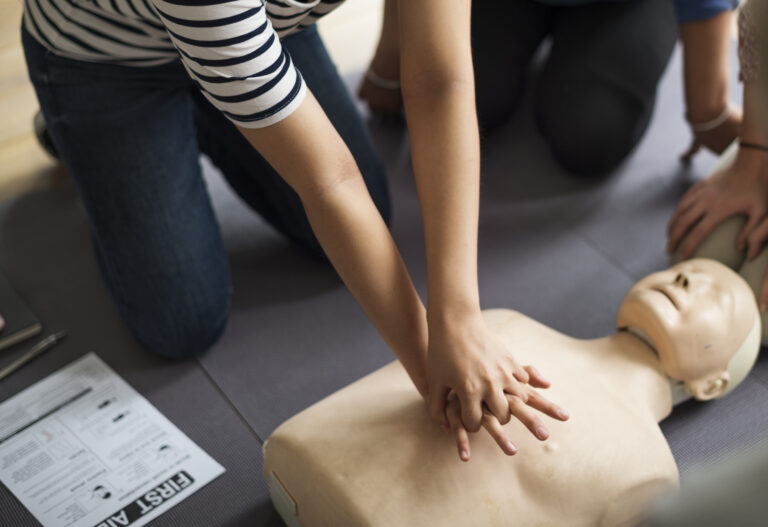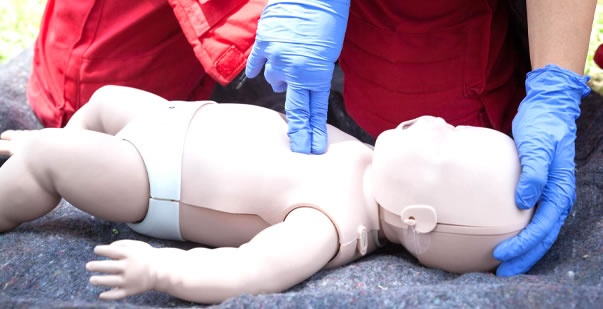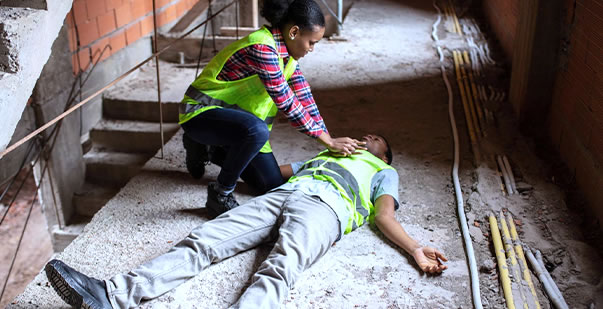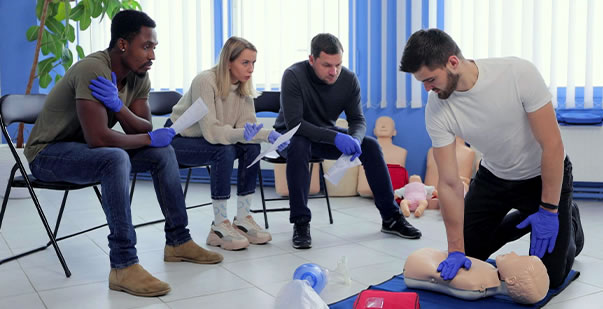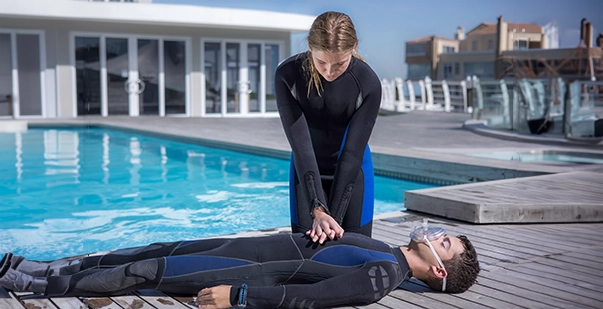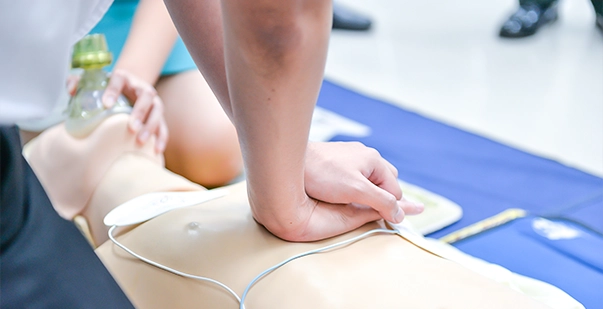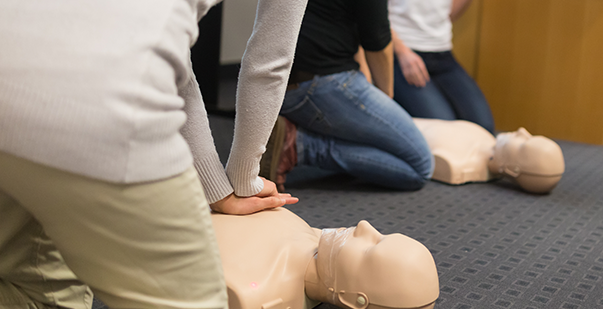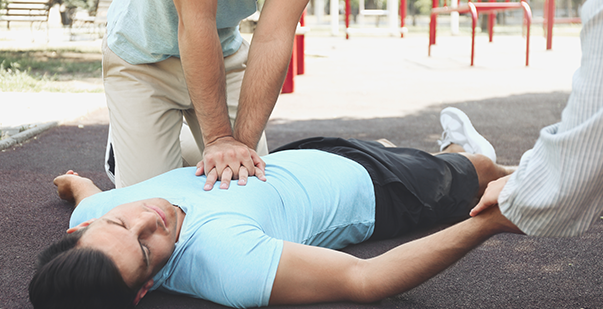Table of Content
- Understanding the Scenario
- Initial Assessment and Response
- Differentiating Standard CPR from Choking-Related CPR
Tips for CPR Providers - Steps to Perform CPR on an Unresponsive Choking Adult
- Special Considerations and Precautions
- Importance of Proper Training
Cardiopulmonary Resuscitation (CPR) stands as a critical skill with life-saving potential in emergencies. This technique involves a series of chest compressions and rescue breaths to maintain blood circulation and oxygenation in someone experiencing cardiac arrest or respiratory failure. Quick and effective CPR can significantly increase the CPR success rate and the chances of survival until medical help arrives.
Choking represents a prevalent and potentially life-threatening situation, especially among adults. When someone chokes, an obstruction in the airway prevents them from breathing properly, leading to oxygen deprivation and loss of consciousness. Recognizing choking as a common cause of unresponsiveness in adults is crucial, as prompt intervention can prevent further harm and save lives.
The purpose of this blog is to shed light on the nuances of administering CPR to an unresponsive adult choking victim compared to a standard CPR scenario. By understanding these differences, readers can equip themselves with the knowledge and skills needed to respond effectively in emergencies involving choking incidents.
Understanding the Scenario
Description of a Typical Choking Incident Leading to Unresponsiveness:
In a typical choking incident, an individual may suddenly experience difficulty breathing or speaking due to an obstruction in their airway, often caused by a piece of food, a foreign object, or even their own saliva. As the airway becomes blocked, the person may frantically clutch at their throat, exhibit signs of distress, and struggle to breathe. If the obstruction is not cleared promptly, the lack of oxygen can lead to loss of consciousness and unresponsiveness.
Brief Explanation of How a Blocked Airway Affects the Need for Modified CPR Techniques:
When an individual becomes unresponsive due to choking, the blocked airway poses unique challenges for CPR administration. In a standard CPR scenario, the focus is on chest compressions and rescue breaths to circulate oxygenated blood. However, in the case of a choking victim, chest compressions alone may not effectively address the underlying issue of airway obstruction. Therefore, modified CPR techniques are required to clear the airway obstruction and restore breathing.
- Begin by assessing the victim’s responsiveness and ability to breathe. If the person is unresponsive and not breathing or gasping for air, immediate action is crucial.
- Perform abdominal thrusts or the Heimlich maneuver to dislodge the obstruction from the airway. This involves delivering quick, upward thrusts to the abdomen to generate enough force to expel the object.
- After each set of abdominal thrusts, reassess the victim’s airway and breathing. If the obstruction persists and the person remains unresponsive, proceed with standard CPR techniques, incorporating chest compressions and rescue breaths.
- Continuous reassessment of the victim’s condition is essential throughout the CPR process, adjusting the approach as needed to ensure effective intervention.
Importance of Quick Identification and Action in Choking Emergencies:
In choking emergencies, time is of the essence. Swift identification of choking symptoms and immediate action can prevent the situation from escalating into a life-threatening crisis. Prompt intervention with modified CPR techniques can dislodge the airway obstruction and restore breathing, significantly improving the victim’s chances of survival. Therefore, awareness, preparedness, and quick response are paramount in effectively managing choking incidents and saving lives.
Initial Assessment and Response
Steps to Take Upon Discovering an Unresponsive Adult Who Might be Choking:
- Assess the Scene: Before approaching the individual, ensure the area is safe for both you and the victim. Look for any potential hazards or dangers that could impede your ability to assist them.
- Check for Responsiveness: Gently shake the person and ask loudly, “Are you okay?” If there is no response and the person shows no signs of movement or response, assume they are unresponsive.
- Open the Airway: Carefully tilt the person’s head back and lift their chin to open their airway. Look, listen, and feel for signs of breathing. If the person is not breathing or only gasping, proceed with immediate intervention.
- Perform Abdominal Thrusts (Heimlich Maneuver): If the person is conscious but choking and unable to breathe, administer abdominal thrusts to dislodge the obstruction from their airway. Stand behind the person, wrap your arms around their waist, and deliver quick upward thrusts to the abdomen until the obstruction is expelled.
- Call Emergency Services: If the person remains unresponsive after attempting to clear the airway obstruction, immediately call emergency services (e.g., 911 or local emergency number) for assistance. Inform them of the situation and follow their instructions while help is on the way.
- Checking for responsiveness and breathing is crucial in assessing the person’s condition and determining the appropriate course of action.
- Prompt identification of unresponsiveness and lack of breathing allows for timely intervention, potentially preventing further harm and saving the person’s life.
- By assessing responsiveness and breathing, you can quickly determine whether the individual requires CPR or immediate medical attention for choking.
Calling Emergency Services Immediately:
- Time is of the essence in choking emergencies. Calling emergency services immediately ensures that professional help is on the way without delay.
- Emergency dispatchers can provide instructions for administering CPR or other life-saving measures while awaiting the arrival of paramedics.
- Even if you successfully clear the airway obstruction, it’s essential to seek medical evaluation to address any potential complications or injuries resulting from the choking incident.
Upon discovering an unresponsive adult who might be choking, promptly assess the situation, perform necessary interventions, and call emergency services for assistance. Taking swift and decisive action can significantly impact the outcome and increase the chances of a positive outcome for the choking victim.
Differentiating Standard CPR from Choking-Related CPR
Overview of Standard CPR Steps for Unresponsive Adults (30 chest compressions and 2 rescue breaths):
- Standard CPR for unresponsive adults follows a set sequence of steps:
- Position the person on their back on a firm surface.
- Kneel beside the person’s chest and interlock your fingers, placing the heel of one hand in the center of their chest.
- Perform 30 chest compressions, pressing down firmly and allowing the chest to recoil completely between compressions.
- Open the airway by tilting the head back and lifting the chin.
- Pinch the person’s nose closed and give two rescue breaths, each lasting about one second and causing the chest to rise.
Explanation of How CPR for a Choking Victim Includes Additional Steps to Clear the Airway:
- CPR for a choking victim requires additional steps to address the airway obstruction:
- If the person is conscious but choking and unable to breathe, administer abdominal thrusts (Heimlich maneuver) to dislodge the obstruction.
- After each set of abdominal thrusts, reassess the person’s airway and breathing. If the obstruction persists and the person remains unresponsive, proceed with standard CPR techniques, incorporating chest compressions and rescue breaths.
- Continue alternating between abdominal thrusts and standard CPR until the obstruction is cleared, the person starts breathing, or emergency medical help arrives.
Emphasis on the Modified Sequence of Actions for Choking Victims:
- The modified sequence of actions for choking victims prioritizes clearing the airway obstruction before proceeding with standard CPR techniques.
- It’s essential to continuously assess the person’s responsiveness, breathing, and the effectiveness of interventions throughout the process.
- The primary goal is to restore effective breathing and circulation as quickly as possible, adapting the approach based on the person’s condition and response to treatment.
While standard CPR follows a set sequence of chest compressions and rescue breaths, CPR for a choking victim involves additional steps to clear the airway obstruction. The modified sequence of actions prioritizes addressing the immediate threat to the person’s breathing, emphasizing quick intervention and continuous assessment to optimize outcomes in choking emergencies.
Steps to Perform CPR on an Unresponsive Choking Adult
Performing CPR on an unresponsive choking adult requires swift and decisive action. Here’s a detailed step-by-step guide:
- Check Responsiveness and Breathing:
- Shake the victim gently and ask loudly if they are okay. Check for breathing by observing chest movement or listening for sounds of breathing.
- Call for Help:
- Call emergency services (911 or local emergency number) immediately or ask someone nearby to do so. Time is critical in choking emergencies.
- Open the Airway:
- Carefully tilt the victim’s head back and lift the chin to open the airway. Ensure the person is lying on their back on a firm surface.
- Check for Obstruction:
- Look inside the person’s mouth for any visible obstructions. If you see an object, attempt to remove it carefully with your fingers, avoiding pushing it further down the throat.
- Start Chest Compressions:
- Place the heel of one hand in the center of the person’s chest, between the nipples. Place your other hand on top and interlock your fingers. It also known as hands only CPR
- Perform 30 chest compressions at a rate of 100-120 compressions per minute. Push down firmly, allowing the chest to recoil completely between compressions.
- Check the Airway Again:
- After the compressions, open the person’s mouth and look for any dislodged object. If you see an object, attempt to remove it using your fingers.
- Attempt Rescue Breaths:
- If the airway is clear, give 2 rescue breaths. Pinch the person’s nose closed and make a complete seal over their mouth with yours.
- Deliver two breaths, each lasting about one second, and watch for the chest to rise. If the chest does not rise, recheck the mouth and attempt to remove any obstruction.
- Repeat Cycle:
- Continue the cycle of 30 compressions followed by checking the airway and delivering rescue breaths if the airway becomes clear.
- Repeat the cycle until emergency help arrives or the victim begins breathing on their own.
In summary, performing CPR on an unresponsive choking adult involves checking responsiveness, calling for help, opening the airway, checking for obstruction, initiating chest compressions, delivering rescue breaths, and repeating the cycle until help arrives or the victim recovers. Swift and effective intervention can make a crucial difference in saving lives in choking emergencies.
Read More: 7 steps of adult CPR you should know
Special Considerations and Precautions
Importance of Not Performing Blind Finger Sweeps:
- It’s crucial to avoid performing blind finger sweeps to remove objects from the airway of a choking victim. Blindly inserting fingers into the mouth can push the obstruction further down the throat, worsening the situation and increasing the risk of injury.
- Instead, only attempt to remove visible obstructions with careful finger sweeps, being mindful not to force objects deeper into the airway.
Adapting Techniques Based on Rescuer’s Training and Comfort Level:
- Rescuers should adapt CPR techniques based on their level of training and comfort with the procedures. Those trained in CPR and first aid may feel more confident in performing chest compressions, rescue breaths, and abdominal thrusts.
- However, individuals with minimal training or experience may focus on calling for help, providing support, and following instructions from emergency dispatchers until professional help arrives.
When to Switch to Standard CPR if the Obstruction is Cleared:
- If the airway obstruction is successfully cleared during the CPR process, the rescuer should transition to standard CPR techniques.
- Once the airway is clear and the person remains unresponsive or not breathing normally, resume the sequence of 30 chest compressions followed by 2 rescue breaths.
- Regularly reassess the person’s condition and adjust the intervention accordingly, prioritizing effective breathing and circulation.
Importance of Proper Training
Benefits of Taking a Certified CPR and First Aid Course:
- Proper training in CPR and first aid equips individuals with the knowledge and skills needed to respond effectively to emergencies, including choking incidents.
- Certified courses provide hands-on practice in CPR techniques, airway management, and choking interventions, empowering individuals to act confidently and competently in critical situations.
- Certification also ensures that participants receive up-to-date information on best practices and guidelines endorsed by reputable organizations like the American Heart Association or Red Cross.
Importance of Regular Practice and Refreshers to Maintain Skills:
- Regular practice and refresher courses are essential for maintaining proficiency in CPR and first aid skills.
- Skill retention diminishes over time, so ongoing practice helps reinforce techniques and ensures readiness to respond in emergencies.
- Refresher courses also cover any updates or changes in CPR guidelines, keeping participants informed of the latest protocols.
Resources for Finding Local or Online CPR Certification Courses:
- Local hospitals, community centers, and organizations like the American Red Cross and American Heart Association offer CPR certification courses.
- Online platforms provide convenient options for individuals to complete CPR training at their own pace, with interactive modules and certification exams available upon completion.
Understanding special considerations and precautions in CPR, prioritizing proper training, and regularly practicing skills are essential for effective response in choking emergencies. By taking certified CPR and first aid courses and staying informed of best practices, individuals can play a vital role in saving lives.
Conclusion
Performing CPR on an unresponsive adult choking victim requires specialized techniques, including abdominal thrusts and careful airway management. It’s essential to avoid blind finger sweeps, adapt techniques based on training, and transition to standard CPR once the obstruction is cleared.
I encourage everyone to get trained in CPR and first aid to stay prepared for emergency situations. Proper training and regular practice are vital for effective response and can make a lifesaving difference. Remember, quick action and proper technique are key to saving lives in choking emergencies. Stay informed, stay prepared, and be ready to act when every second counts.
Frequently Asked Questions
No, standard CPR involves chest compressions and rescue breaths, which may be ineffective if the airway is blocked. Modified CPR techniques are required for choking victims.
Standard CPR includes chest compressions and rescue breaths, while CPR for a choking victim focuses on clearing the airway first before initiating chest compressions and rescue breaths.
Signs of choking include the inability to speak, cough, or breathe, along with signs of distress. If the victim is unresponsive and choking is suspected, modified CPR techniques should be initiated immediately.

